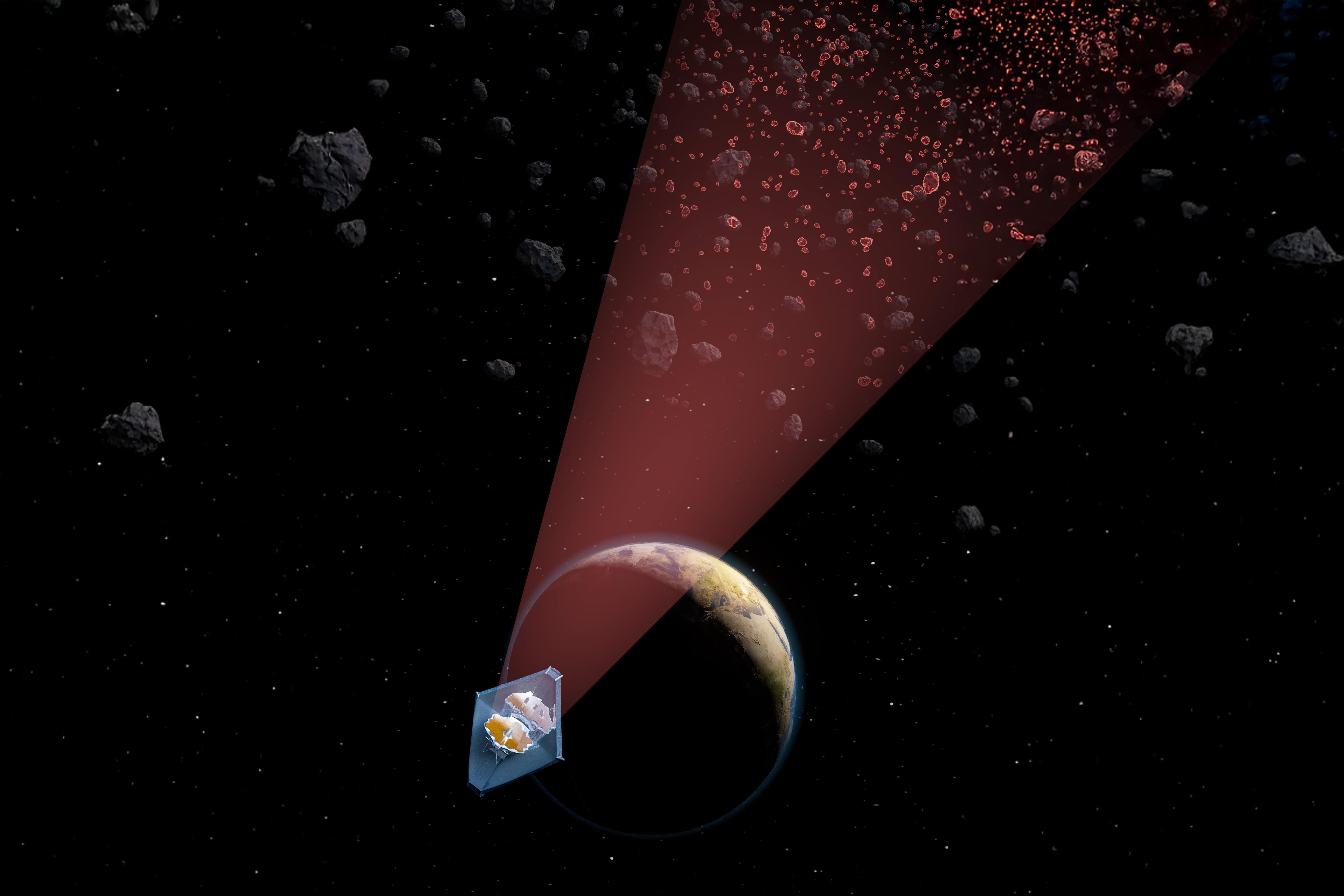Users of the healthcare app Alan whose queries were answered by a medical AI reported high satisfaction levels, but one exchange included “potentially dangerous inaccuracies”
Recent developments in AI and neurological research may prompt concern. However, placing outright bans on such research is unlikely to be the best solution — and may hold us back.
In August, the Food and Drug Administration (FDA) granted accelerated approval of Tecelra (afamitresgene autoleucel)— the first T-cell receptor therapy for solid tumors—for people with inoperable or metastatic synovial sarcoma. Tecelra is a gene therapy created from a patient’s own T cells. A sample of cells is removed and genetically modified to express a natural T-cell receptor that targets MAGE-A4, an antigen expressed on cancer cells. In the Phase II SPEARHEAD-1 trial, the overall response rate was 43%, and 39% of responders were still doing well a year later.
The asteroid that extinguished the dinosaurs is estimated to have been about 10 kilometers across. That’s about as wide as Brooklyn, New York. Such a massive impactor is predicted to hit Earth rarely, once every 100 million to 500 million years.
In contrast, much smaller asteroids, about the size of a bus, can strike Earth more frequently, every few years. These “decameter” asteroids, measuring just tens of meters across, are more likely to escape the main asteroid belt and migrate in to become near-Earth objects. If they make impact, these small but mighty space rocks can send shockwaves through entire regions, such as the 1908 impact in Tunguska, Siberia, and the 2013 asteroid that broke up in the sky over Chelyabinsk, Urals. Being able to observe decameter main-belt asteroids would provide a window into the origin of meteorites.
The team’s detection method, which identified 138 space rocks ranging from bus-to stadium-sized, could aid in tracking potential asteroid impactors.
Kenya 10 Hours
Posted in futurism
Intel Foundry has showcased “breakthrough” developments in the realm of transistor and packaging technologies, revealing material and silicon innovation.
Intel Foundry Showcases “Subtractive Ruthenium” & New Transistor Technologies To Ensure Node Scalability
[Press Release]: Today at the IEEE International Electron Devices Meeting (IEDM) 2024, Intel Foundry unveiled breakthroughs to help drive the semiconductor industry forward into the next decade and beyond. Intel Foundry showcased new material advancements that help improve interconnections within a chip, resulting in up to 25% capacitance by using subtractive ruthenium.
The latest AI news, analysis, and insight from VentureBeat, the most authoritative source on transformative technology.
Summary: Research reveals that people with high blood pressure who also sleep less than six hours per night face increased risks of brain injury, accelerated brain aging, and impaired executive function. The study assessed 682 participants from the Framingham Heart Study, analyzing sleep patterns, blood pressure, cognitive performance, and brain MRIs.
These risks were not present in individuals with normal blood pressure, highlighting a concerning interaction between sleep deprivation and hypertension. Researchers suggest treating sleep problems and hypertension as potential interventions to protect brain health and delay cognitive decline.
Starlab Space, the designated successor to the International Space Station, is coming to the Innovation Park in Dübendorf ZH. The private US company is one of the big players in space travel.
📝 — Kono, et al.
In this paper, the authors attempted to load liposomes on the surface of MSCs by using the magnetic anionic liposome/atelocollagen complexes that we previously developed and assessed the characters of liposome-loaded MSCs as drug carriers.
Full text is available 👇
Mesenchymal stem cells (MSCs) have a tumor-homing capacity; therefore, MSCs are a promising drug delivery carrier for cancer therapy. To maintain the viability and activity of MSCs, anti-cancer drugs are preferably loaded on the surface of MSCs, rather than directly introduced into MSCs. In this study, we attempted to load liposomes on the surface of MSCs by using the magnetic anionic liposome/atelocollagen complexes that we previously developed and assessed the characters of liposome-loaded MSCs as drug carriers. We observed that large-sized magnetic anionic liposome/atelocollagen complexes were abundantly associated with MSCs via electrostatic interactions under a magnetic field, and its cellular internalization was lower than that of the small-sized complexes.








